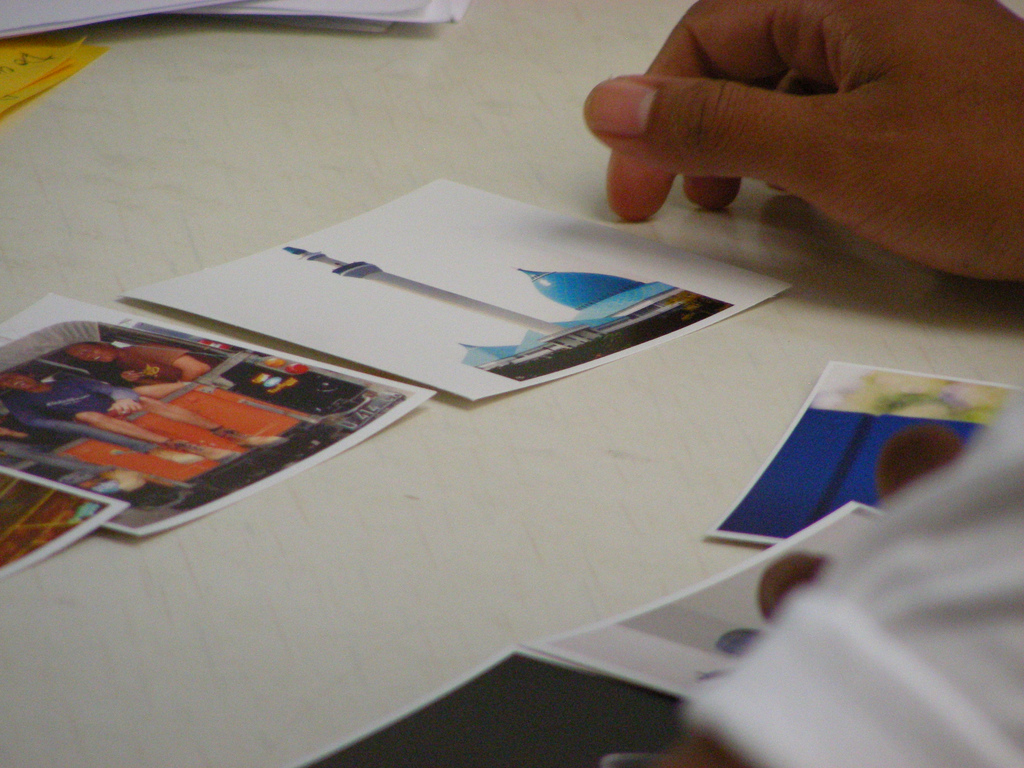Our Blog
I have been teaching “Design Methods and Research” to undergraduates in the Industrial Design program at CCA. It is a required class, which is good and bad. The department believes Design Research to be useful for their students, but the students may not have CHOSEN to take the class.
I am often contemplating what the essentials of Design Research might be. If you could only teach a few elements of Design Research, would you focus on a process or technique? Would you put most of your energy into making them good interviewers? Or try to make all the basic methods familiar to them? Would you cover the cut-and-dry basics that will help them to evaluate their designs, or focus on the more experimental methods for inspiration?
I have to admit that cut-and-dry is not where my passions lie. And to be a good researcher in that way requires much more than a single class. So Lucie and I have focused on the process of user centered design with the goal of understanding people in order to inspire great designs. A difficulty in teaching this way is that the process is vague, the tools are vague, there is a reliance on individual imagination and interpretation that takes time to develop when you don’t know or trust the process. As a result, the first half of the semester is confusing and loose for the students, but exciting in the end.
Still, I am always looking for a better approach. Today, as I was reading through the advice from selected graduating students to offer as the graduation speech, one anonymous student stood out because he or she was the only one to talk about gaining inspiration from others. Most art students will talk about their own creativity, thank their teachers for making them into confident, passionate, inspired artists. But this student said this,
Making impact doesn’t just mean inviting people into your world and your vision, but immersing yourself into the worlds of others — even if it means exposing your weaknesses, fears and aversions. This is because the division of our identities as artists or non-artists are inauthentic and increasingly irrelevant. Therefore, our community’s role in society is to help expose the flaws in relying on such divisions of identities in service of a more united, sustainable, beautiful, and meaningful world.
I was inspired by that. It makes me want to focus on the ENJOYMENT of Design Research. To focus my energy on helping the students love to talk with others about their work and love the process of learning about and design for another.
I coul imagine breaking it down into three areas:
– Understanding other contexts by immersing yourself
– Rich conversations to inspire
– Gathering honest feedback
It feels like more of an Art class than a Design class, but that could be a good thing. Inspiration is more useful than validation. And serious researchers are better at validation anyways. My director at Yahoo told me once that his goal was to create such an informed set of designers that we would not have to conduct any usability research– the designers would have so much knowledge going into the design process that they would be their own testers. Therefore, I am more interested in setting my young designers out on the right foot in their design processes, informed and inspired.

